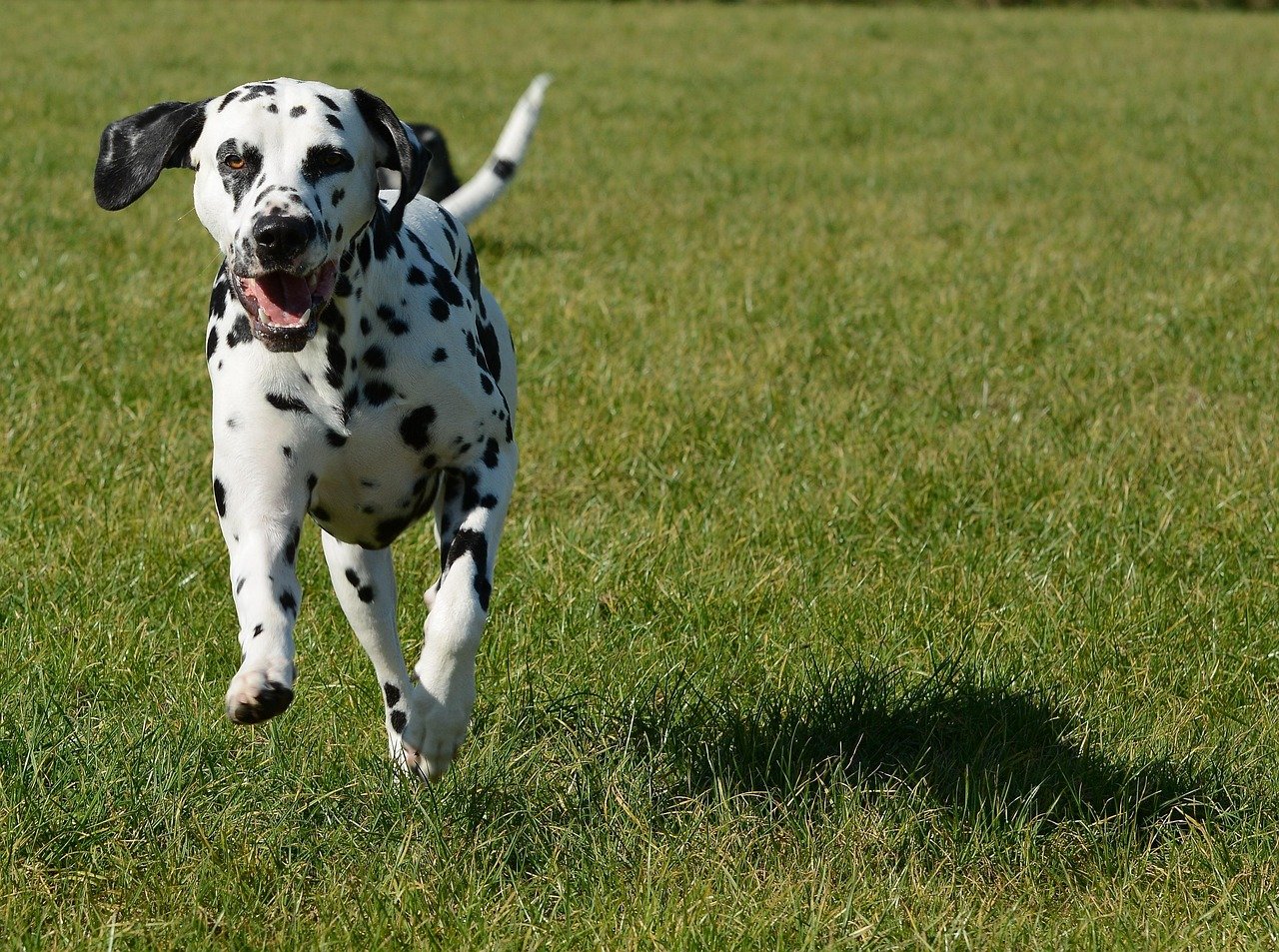Not every dog breed is suited for the relaxed lifestyle many seniors seek. High-energy pups like Border Collies or Jack Russell Terriers may be adorable, but their constant need for stimulation can quickly become overwhelming. Breeds prone to separation anxiety or excessive barking, like Chihuahuas or Beagles, might disrupt a peaceful home. Others, like Great Danes or Huskies, can be physically demanding due to their size or strength. Some breeds also come with hefty grooming or healthcare needs, which may not align with a senior’s lifestyle. Choosing the right dog isn’t just about love—it’s also about compatibility. A calm, low-maintenance companion often makes for the happiest match.
Border Collie: The Energetic Genius
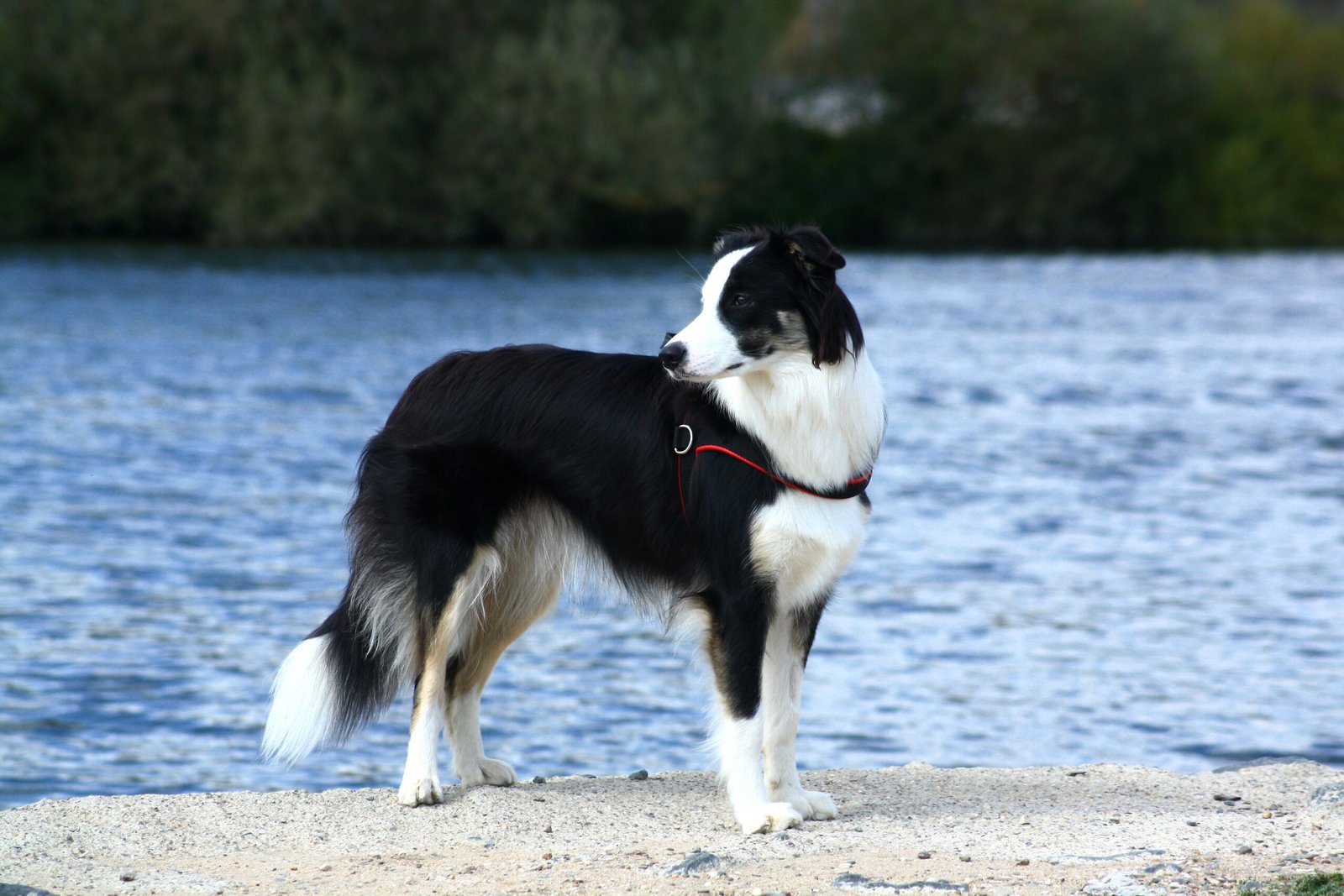
Border Collies are often praised as the smartest dogs in the world, but with that brilliance comes a bursting energy that rarely fades. These dogs were bred to herd sheep all day, which means they’re always on the lookout for a “job” to do. Left unstimulated, they can become restless, bark excessively, or even try herding people or furniture around the house. For seniors seeking tranquility, this constant activity can quickly become overwhelming.
Their intelligence makes them quick learners, but it also means they get bored easily. If you’re not prepared to offer hours of daily exercise and mental engagement, a Border Collie may end up frustrated and anxious. They thrive on routine and challenge, so a calmer home might feel stifling for them. Simply put, they’re more marathon runner than couch potato!
Jack Russell Terrier: The Pocket-Sized Tornado
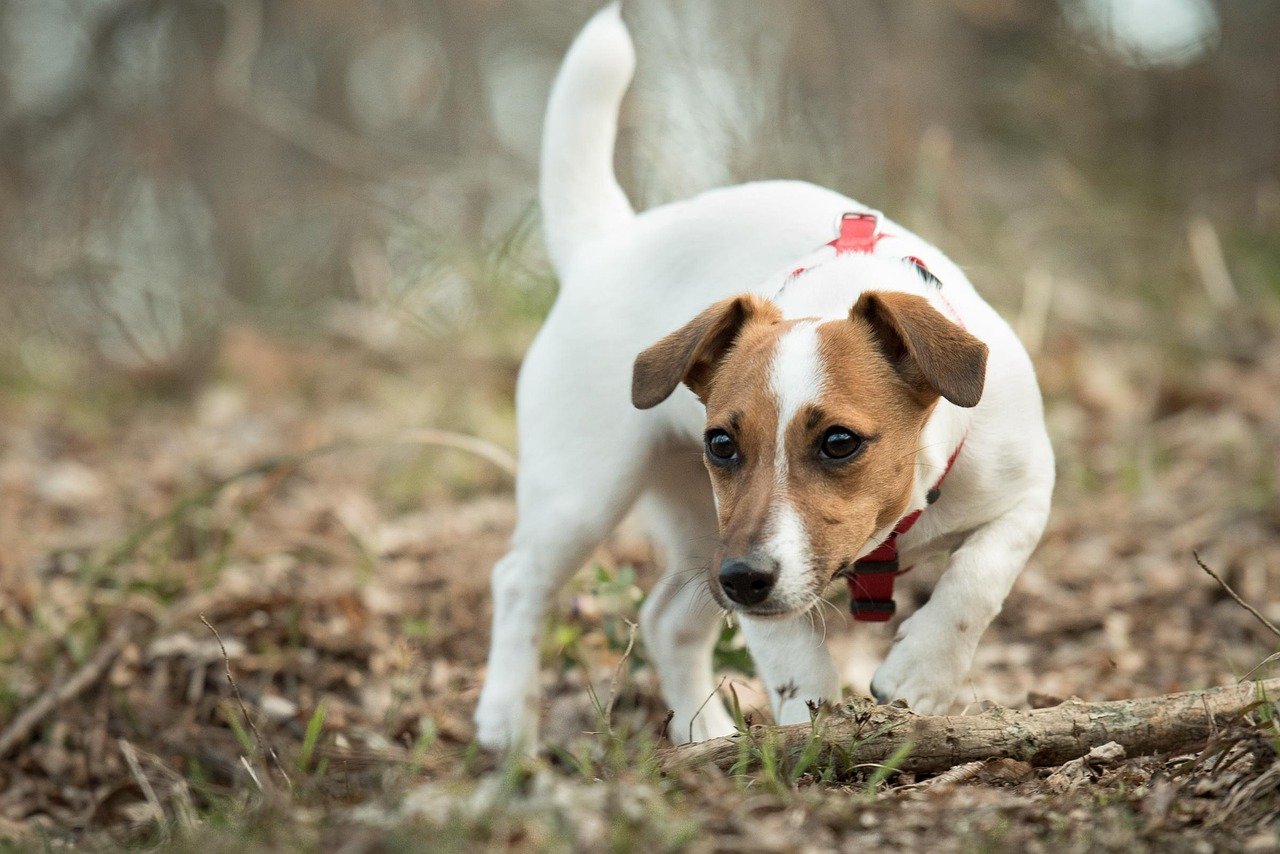
Don’t let their small size fool you—Jack Russell Terriers have energy levels that put much larger dogs to shame. Originally bred for hunting foxes, these little dynamos are always on the move, digging, barking, and chasing anything that moves. For seniors who cherish peace and a tidy home, the Jack Russell’s boundless enthusiasm can be a real shock.
Their stubbornness is legendary. Training a Jack Russell requires immense patience and consistency, and even then, they may decide to do things their own way. They’re clever escape artists and will find ways to entertain themselves—often at the expense of your furniture or garden. While they’re undeniably charming, their need for constant stimulation makes them a challenging match for anyone seeking a relaxed companion.
Siberian Husky: The Free-Spirited Adventurer
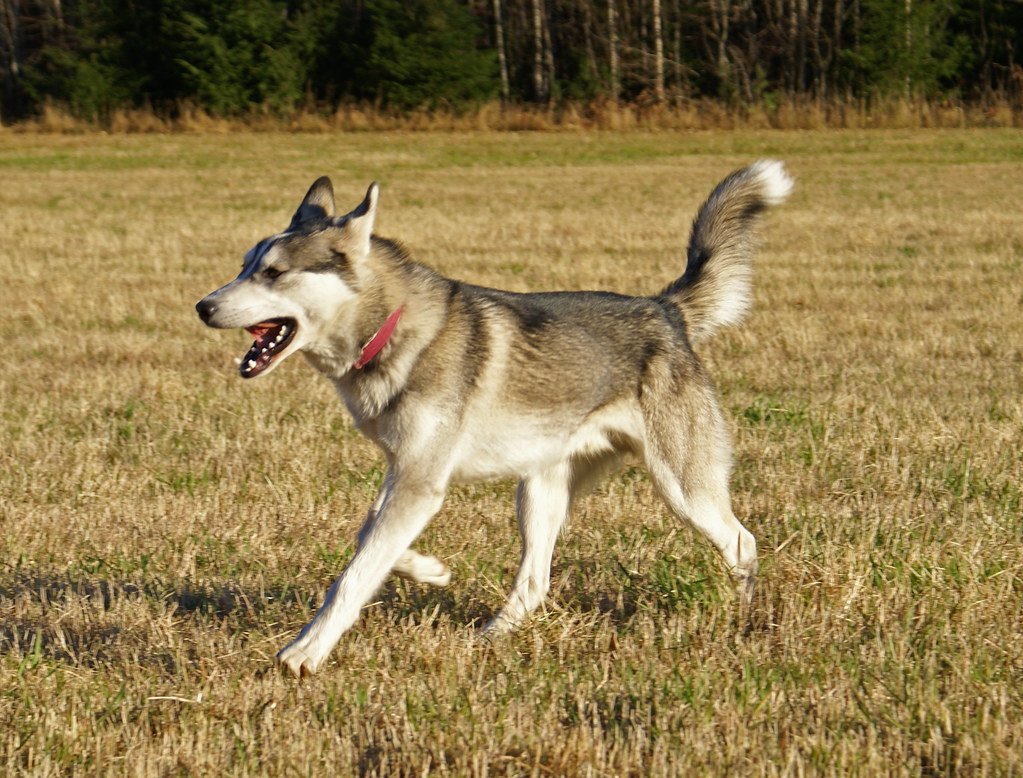
Siberian Huskies are famous for their striking looks and friendly personalities, but beneath that fluffy exterior lies an independent spirit. Huskies have a powerful urge to run and explore, often leading them to bolt out of doors or dig under fences. For seniors wanting a dog who’ll stay put and enjoy quiet walks, a Husky’s wanderlust can spell trouble.
On top of their escapist tendencies, Huskies are known for their vocalizations. Howling, whimpering, and “talking” are all part of their expressive repertoire. They also require a great deal of exercise, or they may become destructive. While their gentle nature is endearing, their high-maintenance needs can be exhausting for those seeking a low-key companion.
Dalmatian: The High-Octane Spotted Athlete
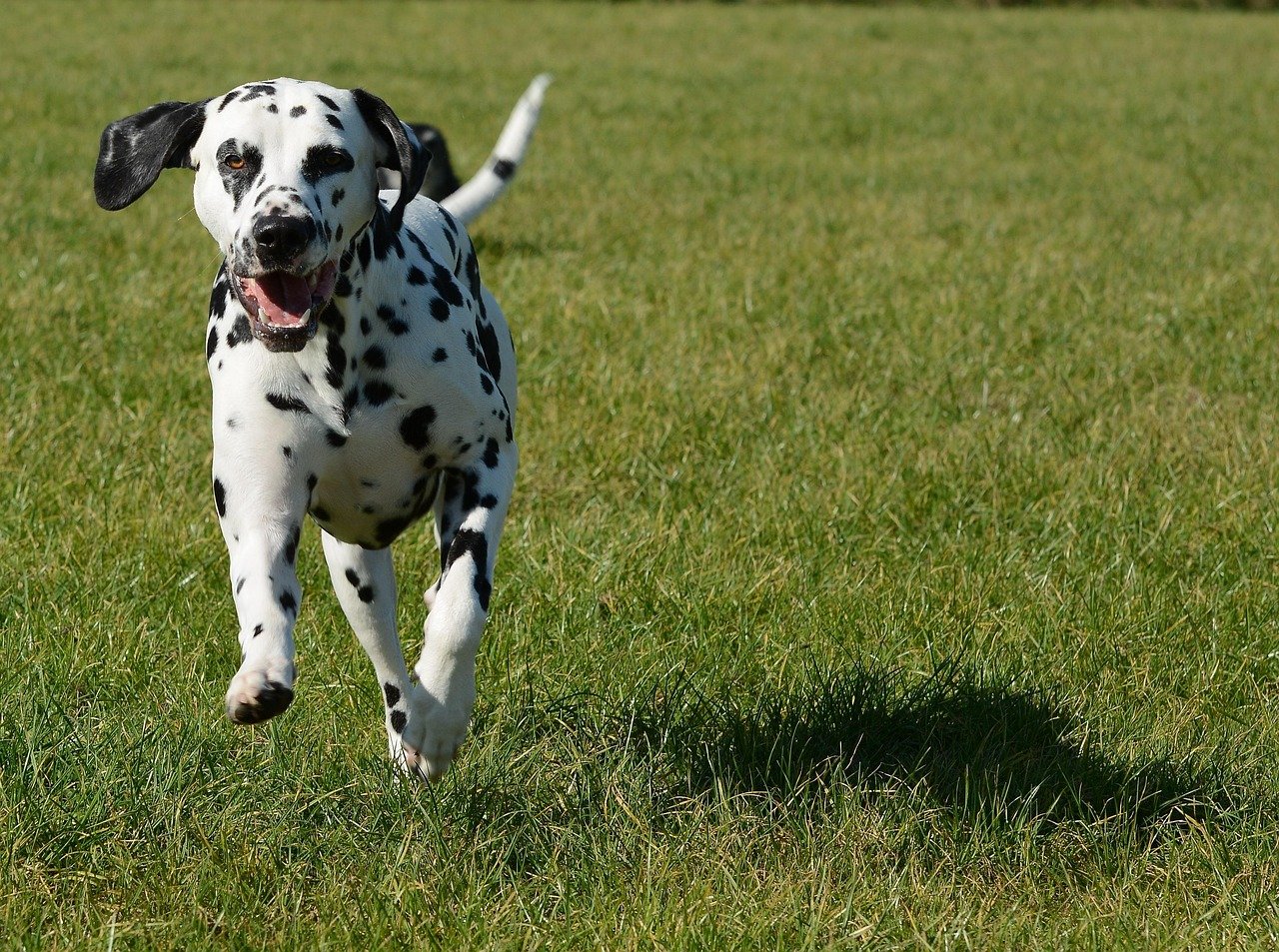
Dalmatians might conjure images of lovable movie pups, but in real life, they are true athletes. These dogs were bred to run alongside horse-drawn carriages, and that endurance hasn’t faded. Dalmatians need vigorous exercise and mental challenges to stay happy. Without it, they can become hyper, anxious, or even aggressive.
Another challenge is their strong-willed nature. Dalmatians are not always eager to please, which can make training a battle of wills. Their tendency to be aloof with strangers and their sometimes unpredictable energy make them a poor fit for seniors who want a gentle, steady companion. This is one dog who won’t be satisfied with a stroll around the block.
Australian Cattle Dog: The Relentless Worker
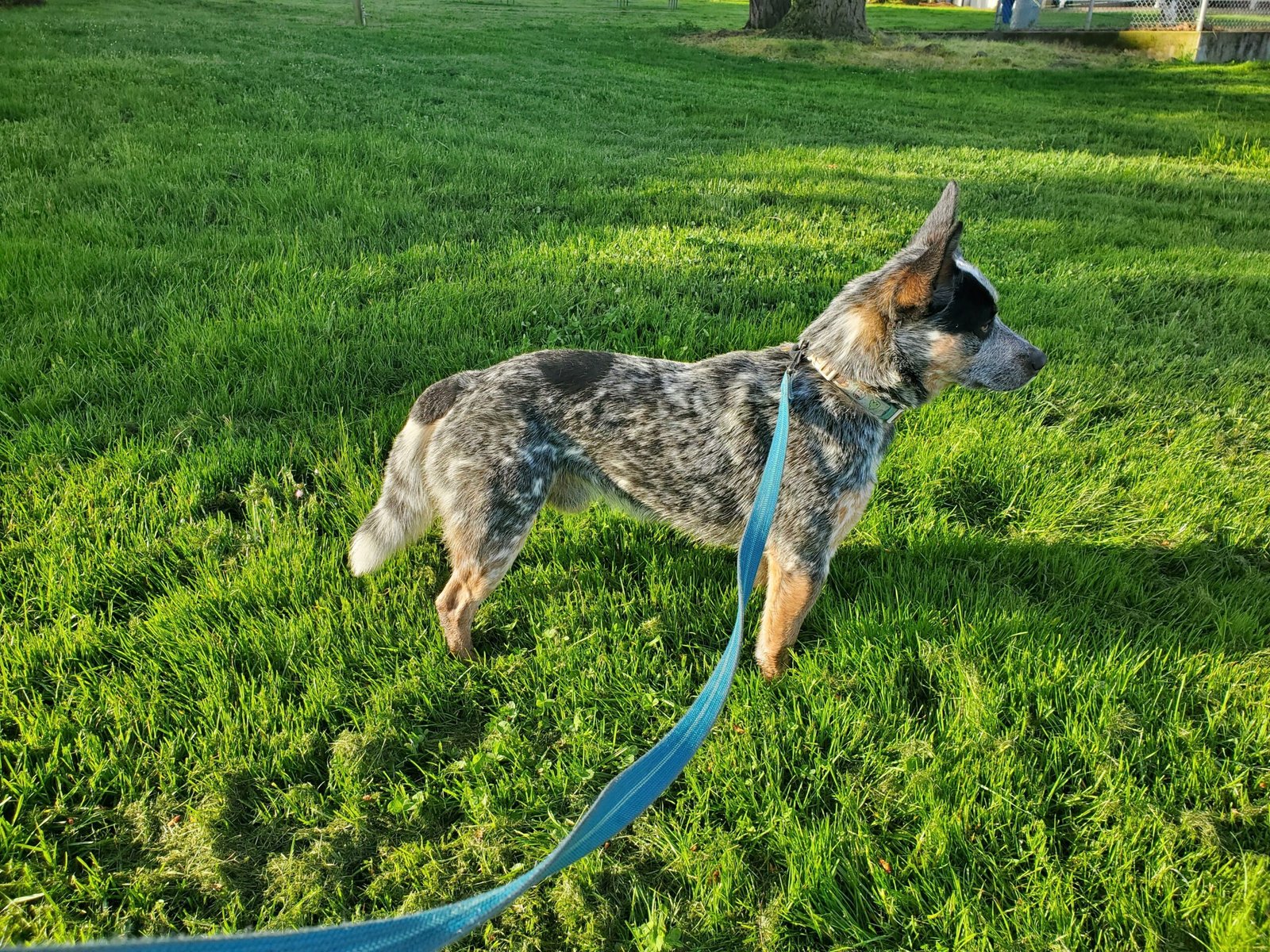
Often called Blue Heelers or Queensland Heelers, Australian Cattle Dogs are the definition of “workaholic.” Their instinct to herd is so strong, they might nip at heels or try to corral children and pets. They’re incredibly loyal but need constant activity and purpose to avoid boredom—a recipe for chaos in a quiet household.
These dogs are also highly intelligent, which means they require both physical and mental stimulation. Left to their own devices, they can develop destructive behaviors like chewing or digging. For seniors who prefer reading in the sun to running obstacle courses, the relentless drive of the Australian Cattle Dog is simply too much to handle.
Weimaraner: The Velcro Hurricane
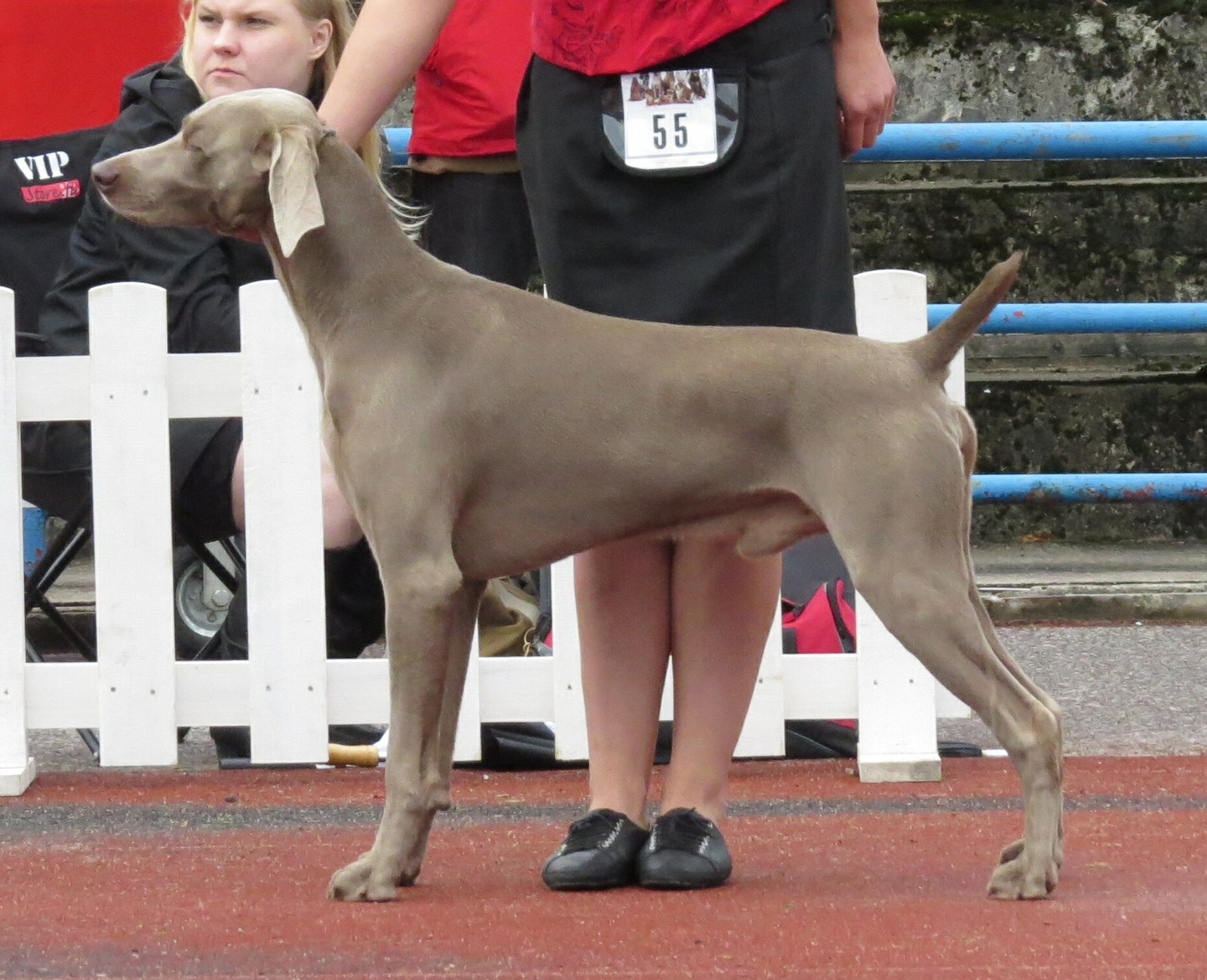
Weimaraners are often called “Velcro dogs” because of their desire to be with their humans at all times. While that sounds sweet, it can quickly become overwhelming, especially for seniors who value their independence. Coupled with their high energy and need for vigorous daily exercise, Weimaraners can be a real handful.
They are also prone to separation anxiety, barking, and destructive behavior if left alone for too long. Weimaraners thrive in active homes where they can run and play for hours on end. For someone seeking a calm, easygoing companion, their intense attachment and boundless energy can be more stressful than soothing.
Belgian Malinois: The Tireless Protector
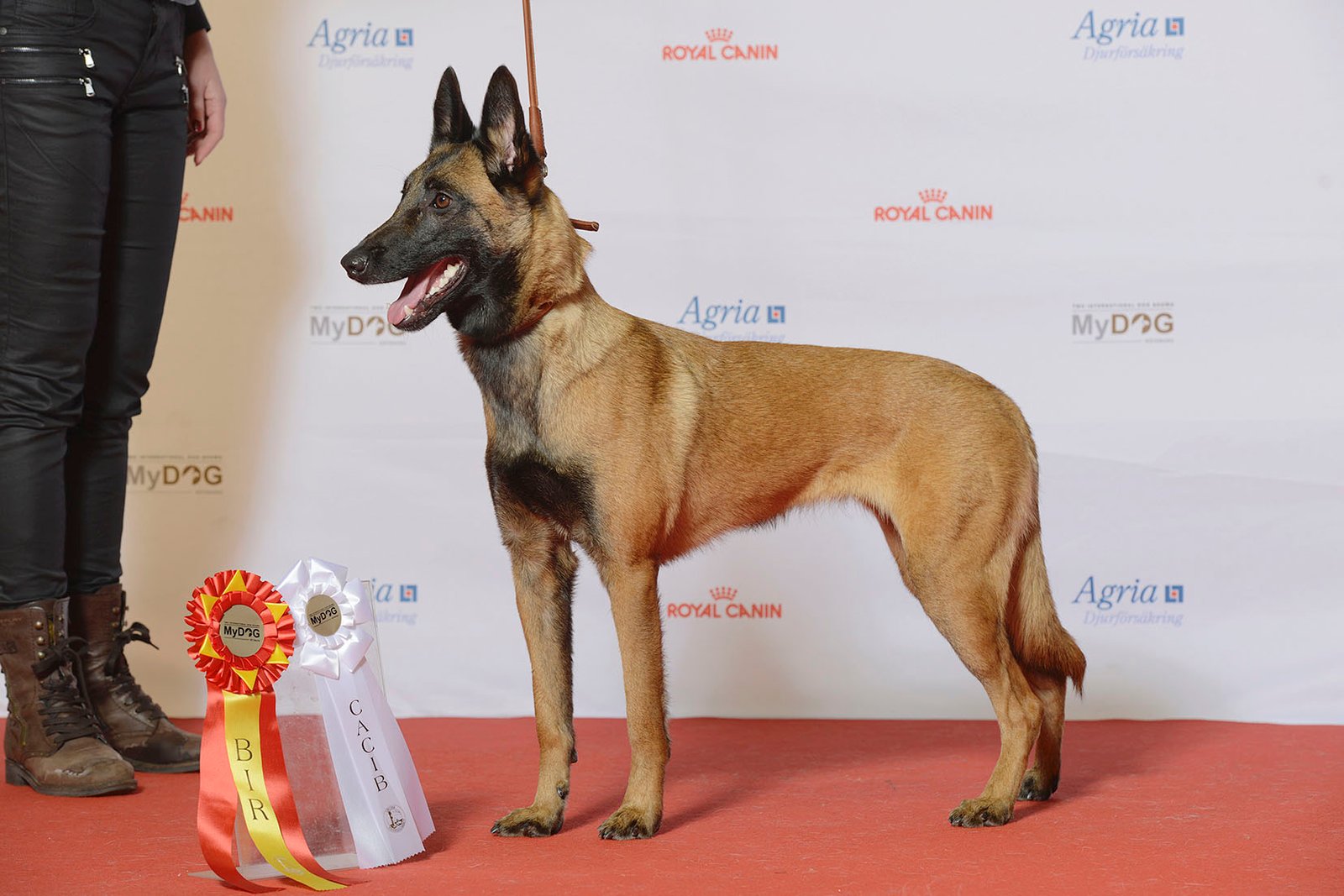
The Belgian Malinois is a favorite among police and military units for a reason: they’re driven, focused, and bursting with energy. These dogs need a job to do—whether it’s tracking, agility training, or guarding. Without enough engagement, they can become bored, anxious, or even aggressive.
For seniors, keeping up with a Malinois’s exercise needs is a full-time job in itself. Their protective instincts can also translate to over-guarding the household, making guests feel unwelcome. They’re not content to simply lounge by your side—they need constant action and clear leadership.
Beagle: The Curious Howler

Beagles are adorable and affectionate, but their curiosity and strong sense of smell can lead them into mischief. They love to follow their noses, sometimes wandering off or ignoring commands in pursuit of an interesting scent. This stubborn independence can be challenging for seniors hoping for a more obedient, relaxed dog.
Beagles are also famous for their vocalizations. Their signature “bay” can be surprisingly loud and persistent, especially if they’re bored or left alone. Training a Beagle to be quiet and content indoors takes time and effort—something not every senior is ready for. While their charm is undeniable, their endless curiosity and noise level can disrupt a peaceful home.
Yorkshire Terrier: The Tiny Dynamo
Yorkies may look delicate, but they have big personalities packed into their tiny frames. They’re known for being feisty, vocal, and sometimes stubborn. Despite their size, they need a surprising amount of mental and physical stimulation, or they may become yappy and demanding.
Their territorial nature means Yorkshire Terriers often bark at strangers or new sounds, making them less than ideal for those seeking quiet. Grooming can also be a challenge, as their fine hair requires regular maintenance. For seniors desiring a calm, low-maintenance companion, the Yorkie’s spirited antics might be a bit too much.
Fox Terrier: The Perpetual Motion Machine

Fox Terriers were bred to flush out foxes from their dens, and that tenacity still shines through today. They are always alert, ready for action, and eager to investigate anything and everything. Their high energy and need for constant activity can quickly wear out even the most active seniors.
They’re also known for their strong prey drive and determination, making walks a tug-of-war if they spot a squirrel or bird. Fox Terriers are independent thinkers, which can make training a challenge. Their relentless pursuit of excitement makes them one of the worst choices for anyone seeking a calm, laid-back dog to share their retirement with.
While all dogs have their charm, not every breed is cut out for the quiet life many seniors prefer. High-energy, high-maintenance, or overly stubborn dogs can bring more stress than joy. It’s important to match your lifestyle with a breed that complements it—one that brings calm, not chaos. The good news? There are plenty of mellow, loving pups out there who make perfect golden-year companions.

Esther is from India; the heartbeat of South Asia, holding a Master’s degree in Zoology and a postgraduate diploma in Animal Welfare. Her enthusiasm for animal welfare drives her passion and dedication to working for animals, ensuring their well-being, and advocating for their rights. With a solid academic background and hands-on experience, she is committed to making a positive impact in the field of animal welfare. In her free time, she enjoys embroidery and sewing. As a Chennaite from Tamil Nadu, Esther loves Bharathanatyam, an Indian classical dance form.

